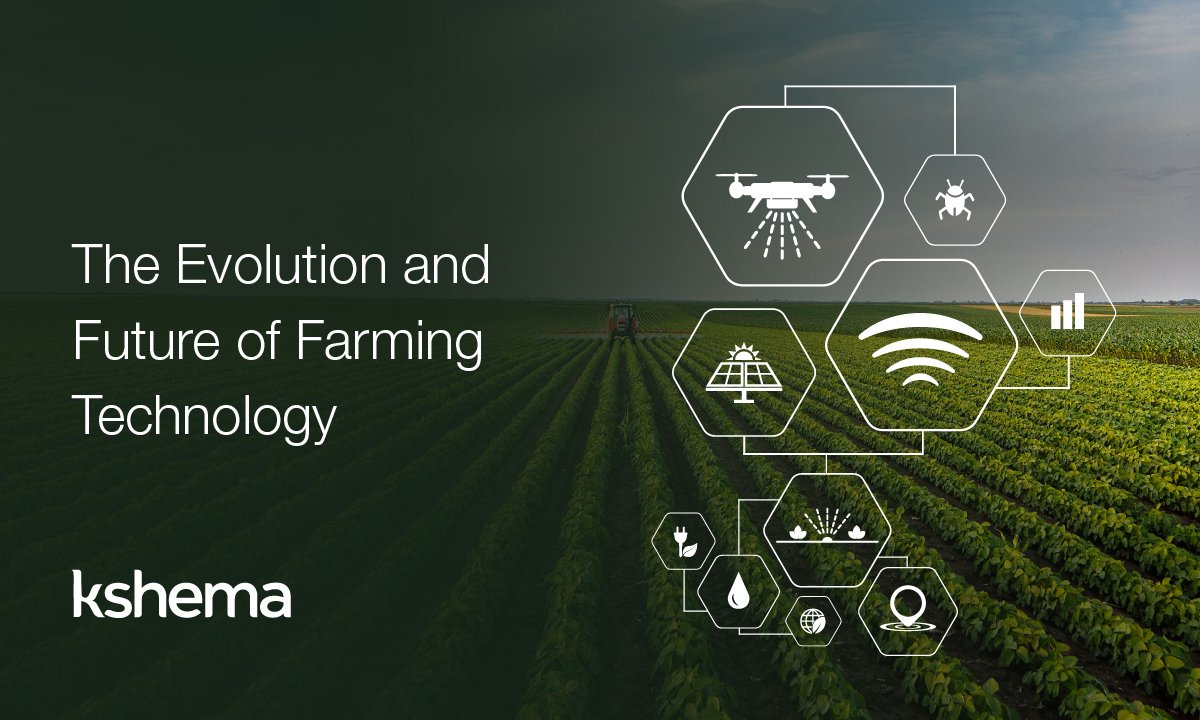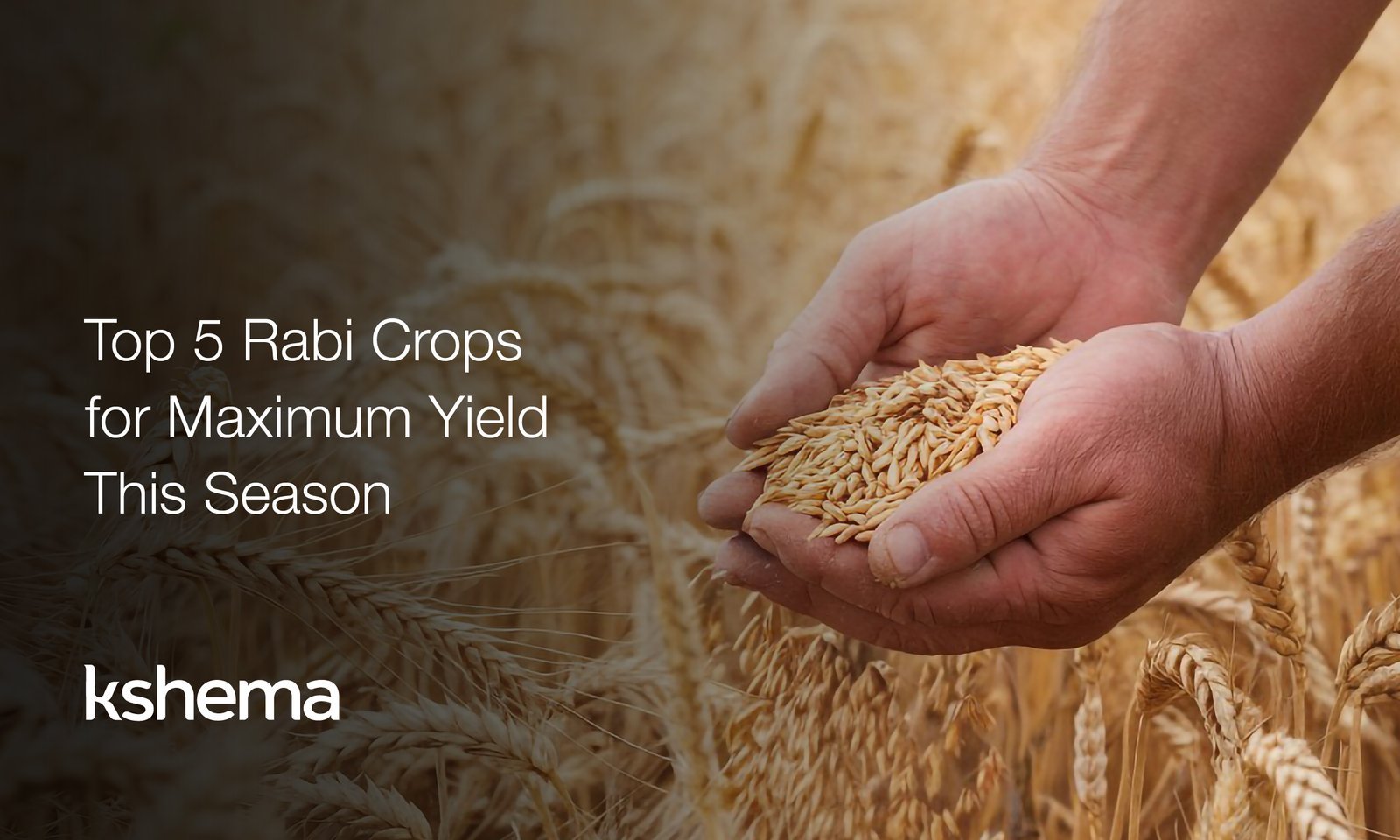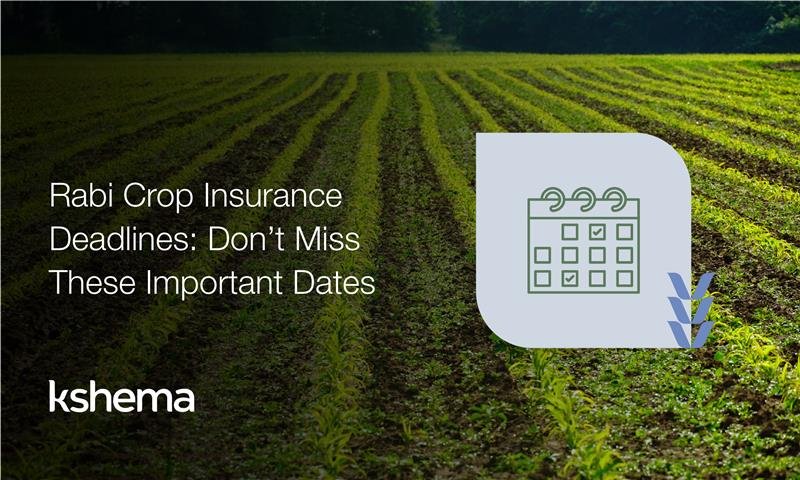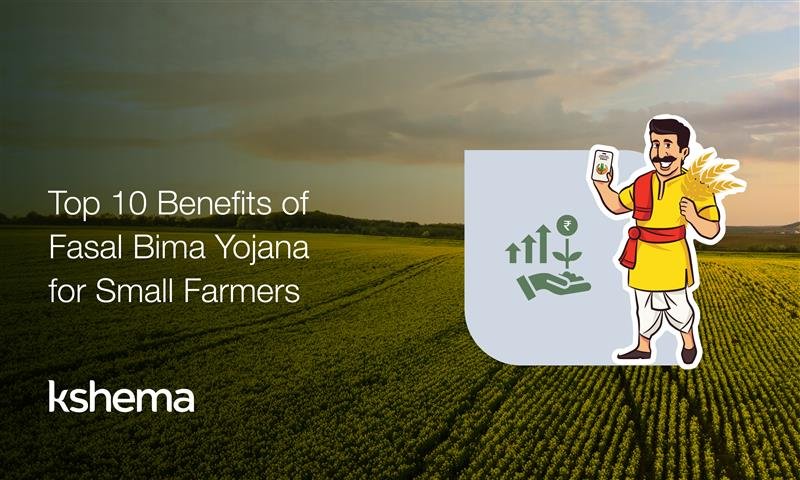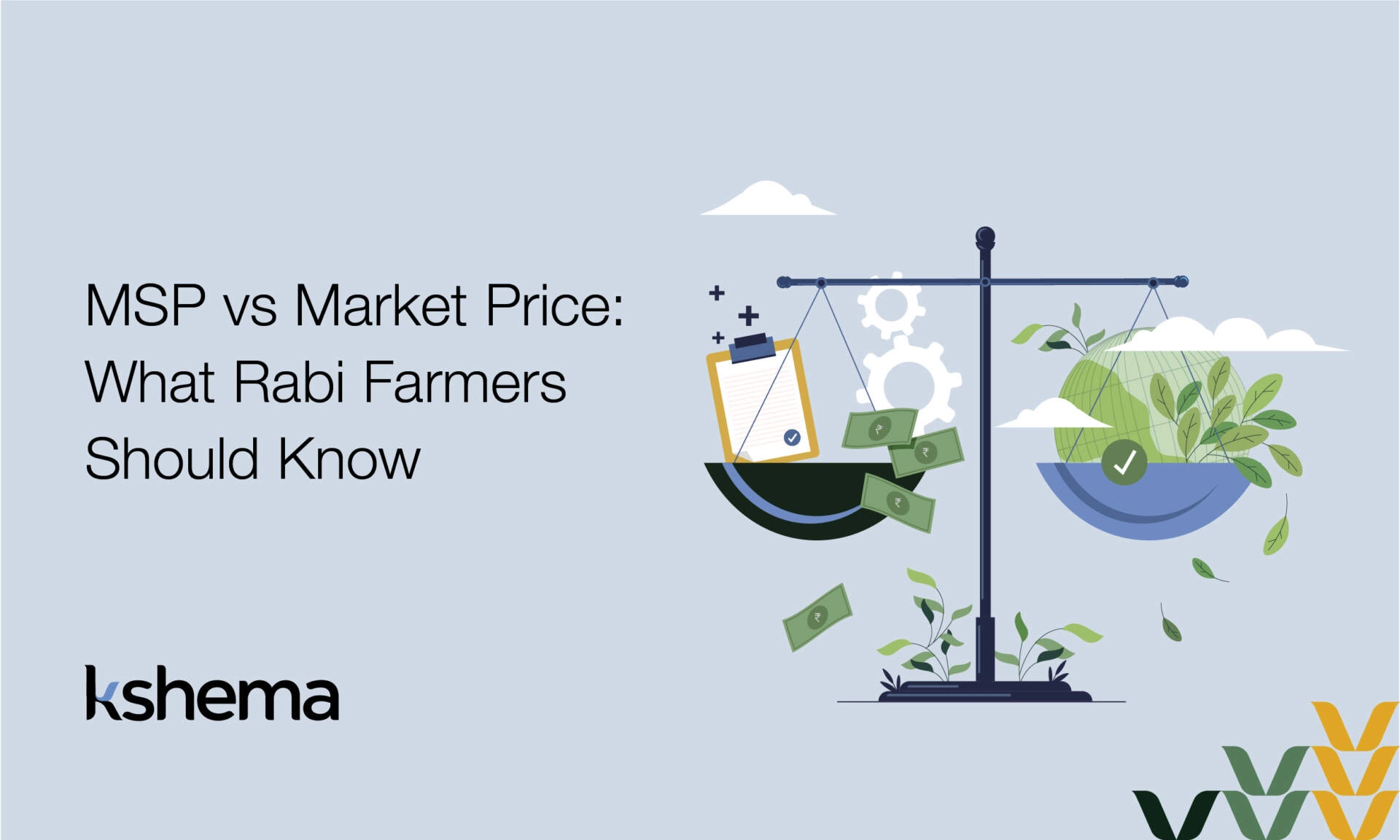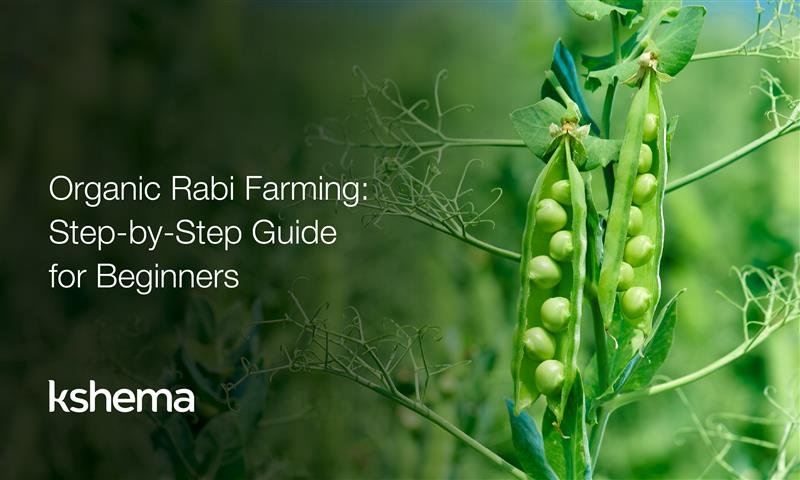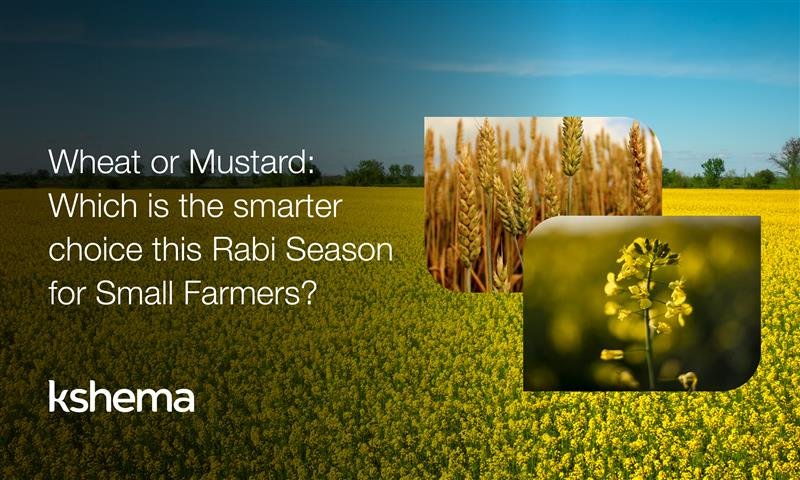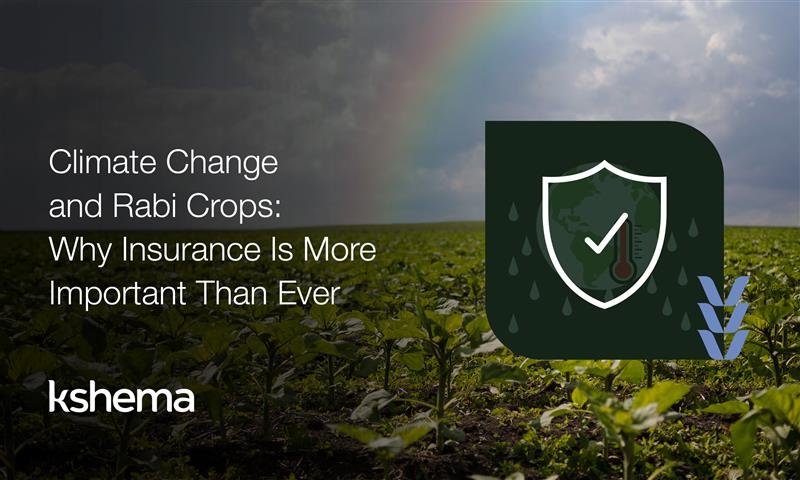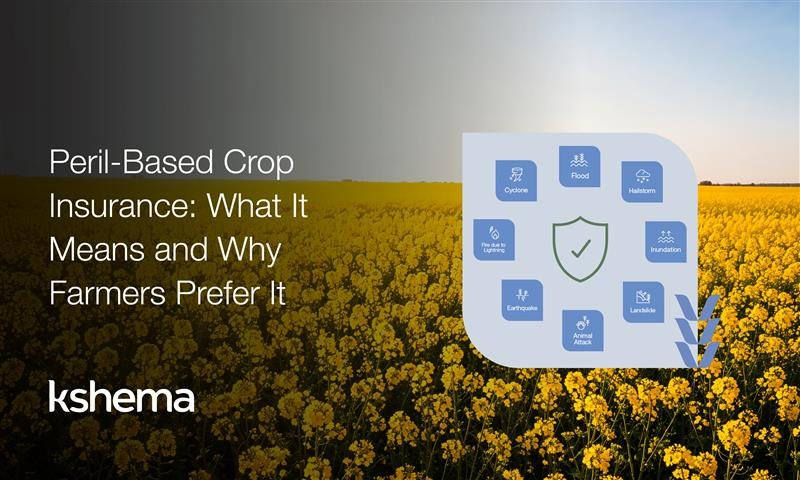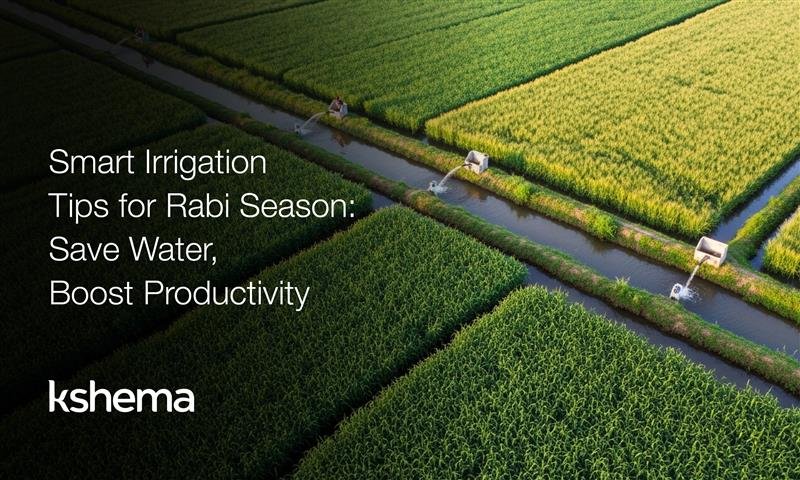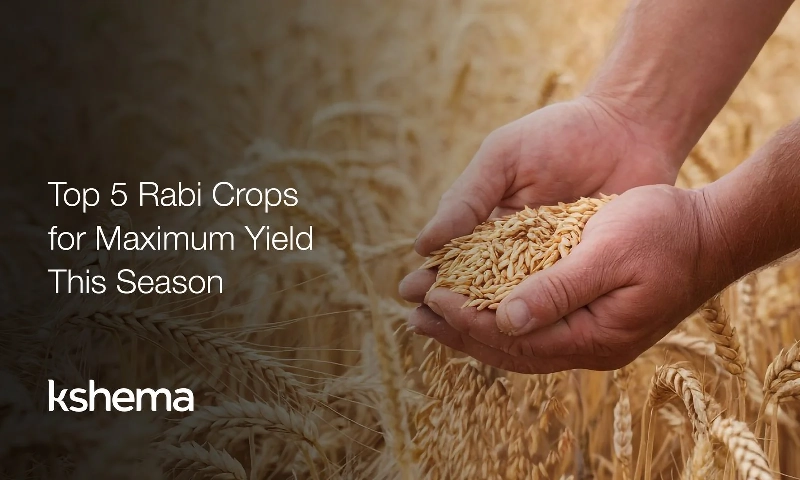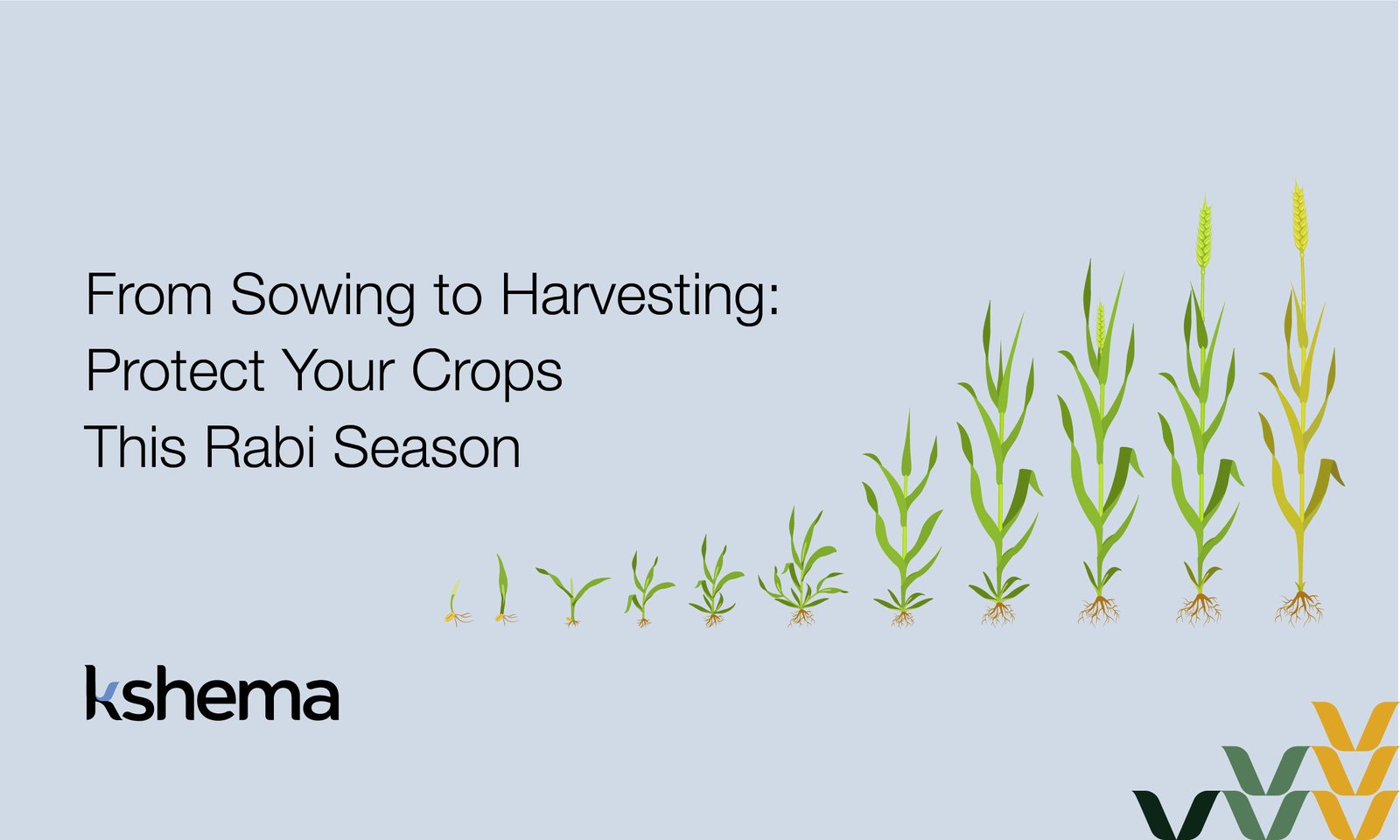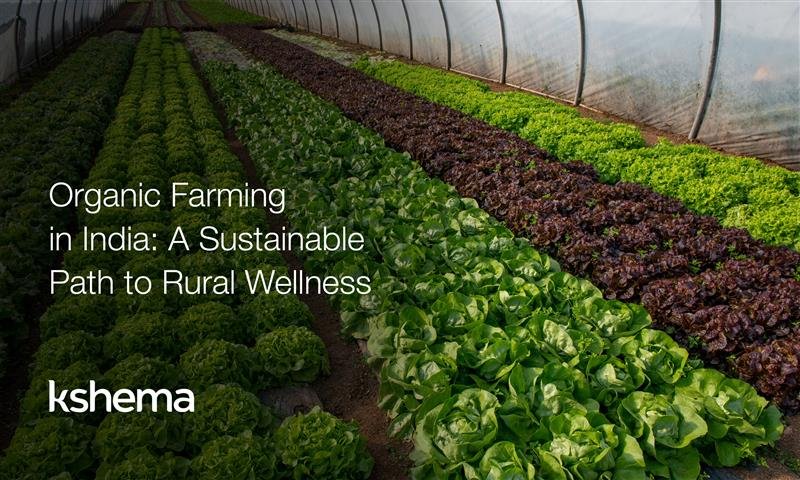The Evolution and Future of Farming Technology
Summary: Farming technology has evolved from ancient tools to AI-powered systems, transforming agriculture into a smarter, more sustainable industry. This blog explores key milestones in farming innovation and future trends shaping agriculture in India by 2025.
How Farming Technology Is Transforming Agriculture in India
Our march to civilization is marked with many milestones. They capture a frame in time that proved to be seminal. They guided us towards progress, prosperity and a better life. Farming is one such epochal moment. The course of the history of humankind changed when we became food producers from being nomadic hunters-gatherers. Farming ensured our survival through thousands of years as humans settled down and started growing their own food. And farming technology had a starring role in this story dating back to the stone age when the first tools were invented. They increased productivity which opened the floodgates of further development as new tools were produced during copper, bronze, and iron ages.Evolution of Farming Technology
An early example of farming technology would be the ploughs which emerged over 5,000 years BC. They resembled forked sticks and used to make trenches in the dirt for planting seeds. The domestication of oxen in the Indus Valley Civilisation around 4,000 BC, and use of draught animals led to further improvement in plough technologies. Similarly, the invention of sickles increased our ability to harvest large quantities of grain. They were made with flint or stone blades attached to a wood or bone shaft. Then came the sickles with copper and bronze blades leading to more efficiency.Mechanisation and Its Impact on Productivity
This emergence of technology in farming from the ancient period continued into the modern era, ushering in mechanisation. The invention of the seed drill in the early 18th century provided the impetus to improve traditional agrarian practices by applying science and technology. Cotton gin, threshers, mechanical reapers and harvesters, hay press, pickers followed. However, only mechanisation may not be sufficient to feed the global population which is estimated to grow by 33% to almost 10 billion in 2050. Agriculture uses nearly 40% of the land surface of our planet. It employs 1.3 billion people globally and remains the second biggest employment provider worldwide.Smart Farming: Sensors, Drones & IoT
Agriculture is facing headwinds across the globe due to climate change, overuse of chemicals, low groundwater levels, extreme climate events, pests and diseases etc. Smart farming solutions will not only fight these challenges but also revolutionise agriculture for the times, making it more efficient, sustainable, and productive. Smart farming solutions are efficient in mapping, monitoring, and managing farming decisions precisely. These farming technologies are a combination of satellite imagery, sensors, agriculture machines, and software. Precision agriculture uses technology like GPS and IoT to optimise farming practices by analysing data. These modern technologies provide real time data on crop health, soil conditions, and weather patterns to farmers which help them make informed decision about their agricultural practices. Drones or unmanned aerial vehicles, equipped with sensor monitor crop health and identify areas needing attention. These can map the yield and individual crops to spot crop enemies earlier, allowing farmers to apply precise chemicals and remove pests in the early stages. This also helps in avoiding the unnecessary application of chemicals on crops not under attack by enemies. Such smart farming solutions involving automation and robotics not only cut labour costs, but these also ensure enhanced crop yields by sharing updates about optimum requirement of water, nutrients and sunlight. Explore Kshema’s insurance plans designed for farming technology users in 2025.AI & Predictive Analytics in Agriculture
These advanced data tools and artificial intelligence are part of the bouquet that make up smart farming solutions. These aid the farmers predict trends and optimise crop production. Predictive analytic tools collate historical data to forecast weather patterns and pest outbreaks so that farmers can make better decisions regarding their crop. AI algorithms analyse troves of data to recommend the best farming practices to counter the negative impact. Also read :Crop Insurance: the shield to save farmers’ income from climate change Mechanisation of agriculture with more powerful and efficient machines, usage of chemicals in fertilisers and pesticides after World War II, genetic developments like improved and pest-resistant seeds have delivered. These sophisticated, digital innovations which form smart farming solutions are crucial to deliver the next productivity leap in agriculture.Modern Techniques for Sustainable Farming
However, technology alone may not suffice for various reasons. It is estimated that water supply will fall 40 percent short of meeting global water needs. About one quarter of arable land is degraded and needs restoration before sustainable crop production. Therefore, modern farming techniques are required along with smart farming solutions to augment food production.Smart Water Management: Drip & Rain Harvesting
Modern farming techniques promote sustainable practices which ultimately benefit the farmer and the farm. Smart water management includes drip irrigation and rainwater harvesting. Drip irrigation delivers water directly to the plant’s roots. It reduces wastage of a vital natural resource like water while increasing crop yields. Meanwhile, rainwater harvesting helps farmers collect and store rainwater providing a reliable water source during dry spells. These practices not only conserve water but also make farming more resilient to climate change.Monoculture: Efficiency vs Sustainability
Monoculture, as the name suggests, is the agricultural practice of producing a single crop or plant, or variety or breed in a field or a farming system at a time. This is considered one of the modern farming techniques as it makes it convenient to control the life cycle of the crop from sowing the seed, cultivating the crop, protecting it from weed and pest, to harvesting it. Monoculture farming can be adapted for both organic and commercial farming since it increases operational efficiency at the farm while reducing cost and improving profitability.Crop Rotation & Cover Cropping for Soil Health
These two are very cost-effective modern farming techniques that are gaining widespread currency. Cover cropping is essentially planting specific crops to cover the soil during periods when the primary crops are not growing. This method not only prevents soil erosion but enriches the soil to. Similarly, crop rotation literally means rotating the types of crops grown in a specific area each season. This enhances soil fertility and reduces the need for chemical inputs like fertilisers.Crop Diversification for Risk Management
Crop diversification is another modern farming technique which propagates growing more than one crop in an area. Diversification refers to the addition of a new crop or changing the cropping system currently in use on a particular farm considering the different returns from value-added crops. Simply put, it means adding more crops into an existing rotation. Also Read: Crop Insurance: the shield to save farmers’ income from climate change Apart from these, modern farming techniques also include vertical farming, aeroponics, aquaponics, hydroponics, tissue culture etc. But a farmer must choose wisely to make any of these techniques or methods work to counter the myriad challenges they face and produce enough food and provide enough calories to the burgeoning global population. Also Read: https://www.thehindu.com/news/national/andhra-pradesh/kshema-rolls-out-insurance-coverage-for-crops/article68304498.ece As agriculture continues to evolve through smart technologies, global organizations are actively shaping its future. The Food and Agriculture Organization (FAO) emphasizes the role of innovation in ensuring food security, sustainability, and resilience for farmers worldwide.Frequently Asked Questions About Farming Technology
1. How has farming technology evolved over time?
Farming technology has progressed from manual tools and animal labor to mechanized equipment, GPS-guided tractors, and AI-based crop monitoring systems.
2. What is the role of modern technology in agriculture?
Modern technology improves efficiency, reduces input costs, and enhances yield through innovations like precision farming, drones, and smart irrigation.
3. What are the future trends in farming technology?
Future trends include autonomous machinery, climate-resilient crop models, blockchain for supply chains, and AI-driven farm analytics.
Disclaimer:
“We do not assume any liability for any actions undertaken based on the information provided here. The information gathered from various sources and are displayed here for general guidance and does not constitute any professional advice or warranty of any kind.”


